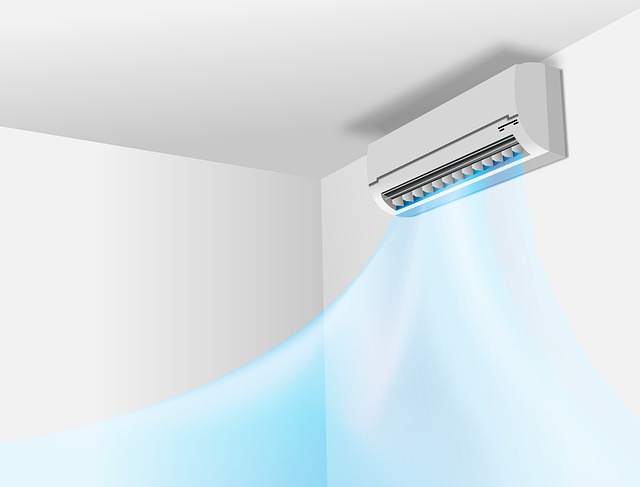In the heat of summer, when temps start to rise, your living space could make do with a dose of cold air. Yes, you want to get away from the intense heat and humidity. And, you don’t have to leave a dent in your budget to calm things down a little bit in your house amid the seemingly unending bouts of “hotness.”
What follows is a rundown of cost-effective ways to cool your home when the summer heat arrives.
Table of Contents
Mount a Window Air Conditioner
Yup, you can save tons of cash with a window air conditioner as opposed to a central AC. For starters, not only are they relatively inexpensive, but also reasonably affordable to operate. One crucial thing to note here is that the cost of a window AC depends on features, BTU capacity, and brand.
You can find some unit as cheap as one hundred bucks and others that run as high as three thousand dollars. A model worth your attention will cost anywhere between two and three hundred dollars. Be sure to consider the square footage of the room you plan to cool before spending your cash.
On top of that, pick one that offers all the essential features including adjustable speed fan, thermostat, programmable timer, and air direction control. Of course, you’re better off with an Energy Star-rated window AC.
One more thing – Be sure to use aircon servicing from Airecontrol to keep your AC in the best working condition and increase durability.
Open the Windows
Now this is genius, right? Yes, you don’t have to spend a dime to cool your house with the windows open. You’ve got to do it strategically, though. In the morning, make sure that you shut any window facing east and south. Draw your curtains and lower blinds as well. Open every window on the north and west side of your house. The idea is to block the sun will allowing fresh, more refreshing morning breeze to enter your rooms.
Reverse the routine in the late afternoon, when outdoor temps drop below the ones inside your house. Put differently, start by opening all the windows on the south and east side of your home while closing the ones facing north and west. That way, you will lock in the warmth absorbed during the day.
Consider Overhead Insulation
You must have heard (or read) that overhead insulation is vital when it comes to maintaining comfortable temperatures in your house throughout the year. What you may not know, however, is that it is equally essential to insulate your attic floor.
Industry experts recommend that you install up to 14 inches of insulation in your attic floor if you live south and about 18 inches if you live in the north. But wait. Why are you insulating your attic during the summer? After all, isn’t it the hottest season with warm temperatures?
Well, the primary reason you’re covering your attic during summer is to prevent hot air from warming the rooms below, thereby keeping the entire house more comfortable and more relaxed.
The easiest DIY option to increase your attic’s insulation is to pile layers of mineral wool or fiberglass on the surface parallel to your current attic lining.
Install a Ceiling Fan
Sure, you might have to keep your ceiling fan running all day to cool down your rooms, but the cost is negligible in comparison to other options such as a central AC. More specifically, a fan will consume about a tenth of the electricity of a standard conditioner. And the beauty of it that you only need to set the speed to one meter per hour to drive down temperatures by four degrees.
See, unlike an AC system, a fan cools the occupants in a room, not the air. You only need to make sure that it is blowing down the wind. Keep in mind that some models come with a “winter” setting that reverses the blade so that it can blow the air upward.
The Bottom Line
See? It is super easy to cool down temperatures without blowing your budget even in the hottest of months. You only need to figure out what works for your house and by extension, your needs. The gist of it is to ensure that your family lives comfortably throughout the year, no matter your choice of controlling indoor temperatures.
Indeed, these aren’t the only ways to drive down temps in your home during summer. Others include cooking your meals outdoors and getting a standard size whole-house fan if having one on the ceiling doesn’t work for you.













